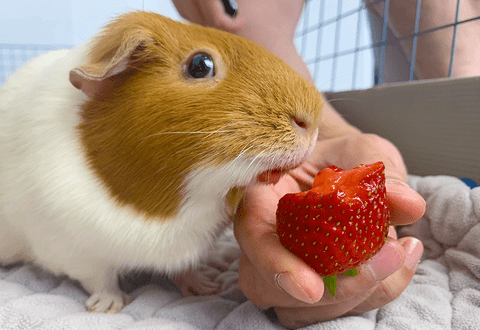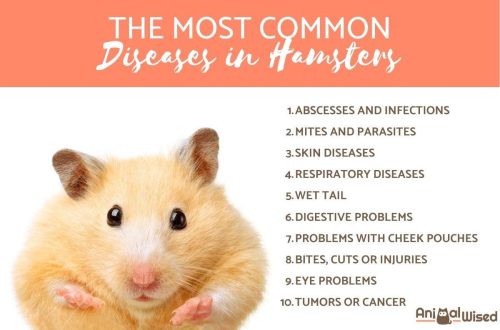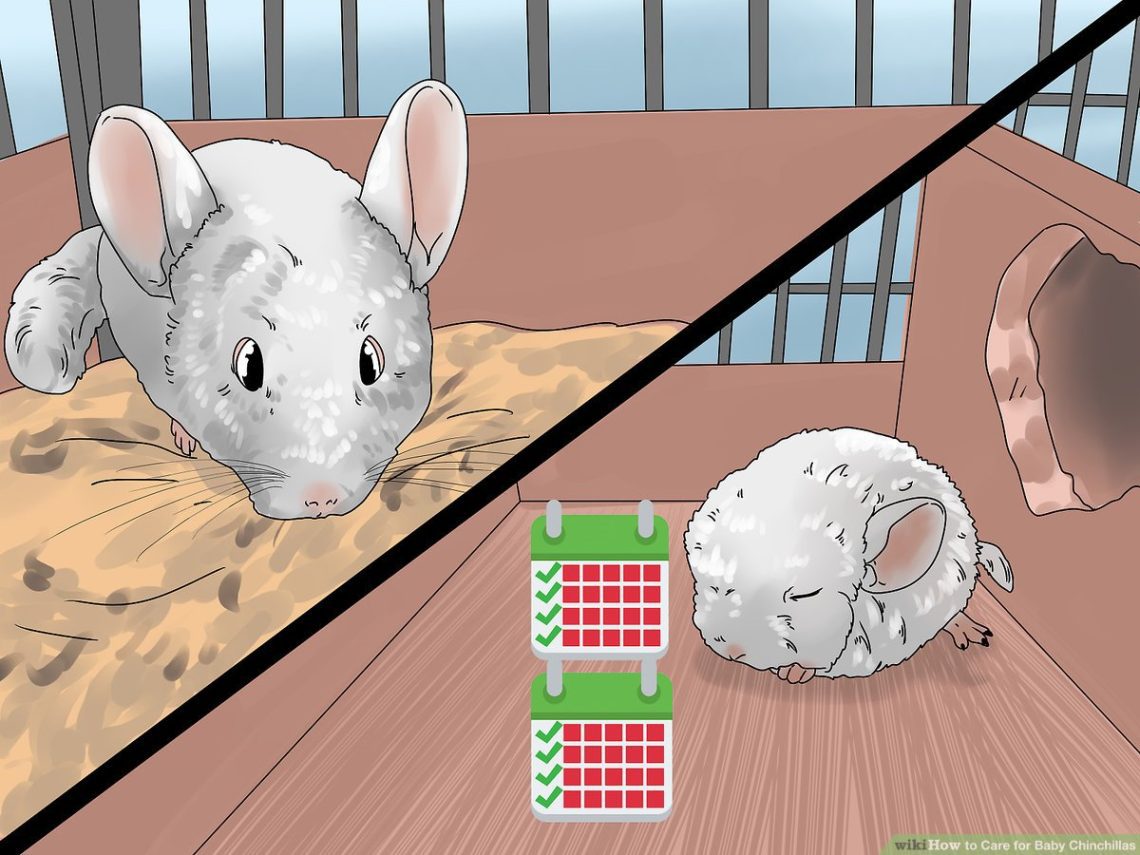
నవజాత చిన్చిల్లాస్ (చిన్చిల్లాటా): సంరక్షణ, ఆహారం మరియు అభివృద్ధి (ఫోటో)
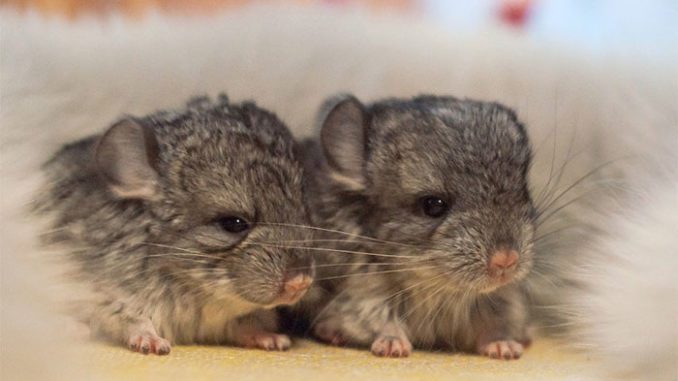
Chinchilla cubs are incredibly touching animals that are born with wide-open inquisitive eyes and a readiness to actively explore new living conditions from the very first minutes of life. Like all children, nimble babies do not realize the degree of danger and can die even in a cage, jumping from the top floor, where healthy chinchilla puppies can safely climb within 7 hours after their birth. Owners of fluffy pets need to prepare in advance for the appearance and possible artificial feeding of small fluffy animals. Newborn chinchillas and a nursing female need increased guardianship and care, and often the assistance of an attentive owner.
విషయ సూచిక
- What does a newborn chinchilla look like?
- Video: what newborn chinchillas look like
- What to do after the birth of a chinchilla
- Is it possible to touch newborn chinchillas
- How fast and to what age do chinchillas grow?
- Video: how chinchillas grow from birth to one month
- When to wean chinchillas from mother
- Newborn Chinchilla Care
- What to feed newborn chinchillas
What does a newborn chinchilla look like?
The pregnancy of an exotic animal lasts a long 105-115 days. Due to this, the baby chinchilla is born immediately with open eyes and cut teeth. Babies are covered with delicate soft wool and are able to move quickly from the first minutes of life.
The weight of a healthy puppy at birth is 35-60 grams, chinchilla babies weighing less than 25 grams are considered weak and have a high mortality even with additional care.
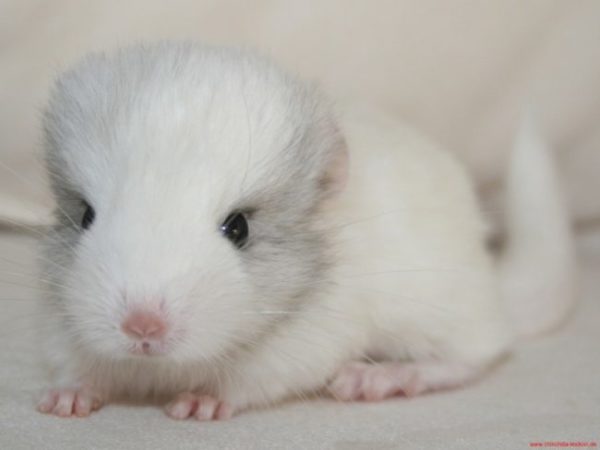
A young chinchilla brings into the world 1-2 cubs at a time, in adults, a litter can consist of 3-6 babies. Nature rewarded the female chinchilla with two, less often four active milk nipples. Therefore, with a large brood, the owner of the animals must alternate every two hours full and hungry babies so that strong puppies do not deprive weaker ones of feeding.
Weaned babies are kept in a large box or container with sawdust bedding under a table lamp. A small cardboard house should be placed in the temporary shelter of newborn puppies so that small animals can hide from the heat source in order to avoid overheating.
Chinchilla babies are born with wet fur, so it is vital for puppies to dry baby fluff within an hour after birth in order to avoid hypothermia and death.
Dried fluffy lumps hide under the mother’s warm tummy to feed and sleep.
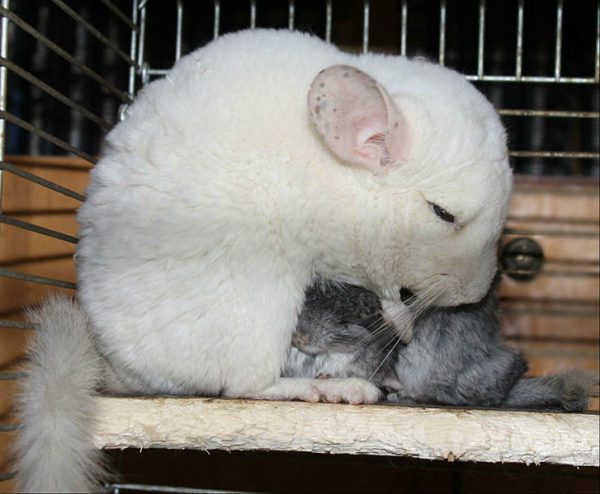
Newborn chinchillas have an elongated body, a long tail, short legs and a very large, heavy head, which outweighs when unintelligent animals fall from the upper floors of the cage, hammocks, furniture, or from the nesting house. Landing on the head often ends in the instant death of a small puppy. Therefore, the owner must take care in advance to exclude traumatic situations.
Video: what newborn chinchillas look like
What to do after the birth of a chinchilla
It happens that some newborn chinchillas are thrown on the floor of the cage. In such a situation, the owner must immediately dry the animals, wrap them in a warm cloth and drink artificial milk mixture from a pipette. After resuscitation, the cubs must be placed under a warm belly to a nursing female.
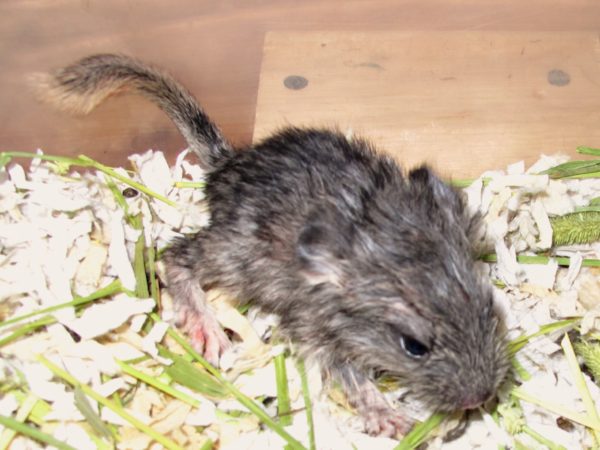
5-6 hours after birth, it is recommended to examine the anus of each baby. Evidence of an act of defecation that has occurred will be a dark pea of the primary feces adhering to the wool. In the absence of intestinal peristalsis, a newborn puppy will develop inflammation of the anus or intestinal prolapse on the first day of life.
It is highly not recommended to stop the inflammatory process on your own or to correct the prolapsed intestinal loops; the little chinchilla urgently needs the help of a veterinary specialist.
Puppies should be born sighted, but sometimes babies can be born with their eyes closed. The eye of a baby chinchilla can also close when debris or hair gets under the eyelid. If a stuck eye is found in babies, it is necessary to wash the organs of vision of newborn chinchillas with a damp swab dipped in weak tea leaves of black tea or chamomile decoction, towards the corner of the eye.
In the first three days after birth, a nursing chinchilla produces a small amount of colostrum, which is not enough for all babies with a large brood. Therefore, the owner of a chinchilla these days is recommended to feed newborn puppies and carefully monitor that each cub gets precious colostrum.
Video: how to help newborn chinchilla puppies
కుక్క
If a young female runs away from the cubs, tramples and scatters them, the cause may be hormonal stress after childbirth, lack of milk or maternal instinct. It is necessary to remove all floors, hammocks and stairs from the cage so that the female cannot hide from hungry puppies and start feeding newborn animals on her own.
Feeding one chinchilla is a troublesome but doable task. For three or more babies in the absence of milk, it is urgent to look for a foster nursing mother who has excess milk and a small offspring. The female can bite babies with a strange smell, therefore non-native cubs are wiped with fluff from the nest and placed in the middle of the brood in the absence of the female. In 20 minutes, all puppies will smell the same, and the babies will have a chance at survival.
Boys are born 5-10% more than girls, males are determined by the distance between the anus and the base of the urethra, which is 2-5 mm, in females this gap is absent.
Weighing of newborn animals is carried out daily at the same time, registering the weight gain of each baby in the journal. On the first day after birth, a weight loss of about 1-2 grams is considered normal, then each cub should add at least a gram, and from the 5th day of life at least 4-8 grams per day.
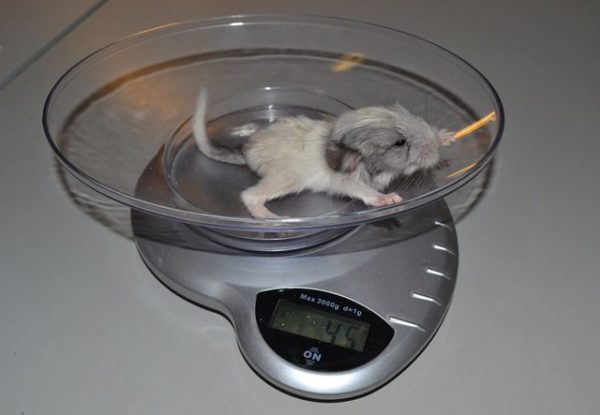
The absence or insufficient increase has a detrimental effect on the development of a small pet. The cub has an insufficient formation of the skeleton, an increase in muscle mass and fat. In such a situation, it is necessary to apply artificial feeding of chinchillas and find out the cause of this phenomenon. Perhaps the nursing female has hardened nipples, then it is necessary to massage the papillae and let the babies develop them. Also, weak babies can be deprived of milk by stronger and stronger puppies, which, after feeding, must be placed in another cage for a couple of hours.
Video: what to do when a chinchilla is born and how to understand that she does not have enough milk
Is it possible to touch newborn chinchillas
2-3 hours after birth, it is necessary to remove the dead cubs with hands thoroughly washed in laundry soap, examine, determine the sex, weigh each living puppy, record the data in writing or electronically. Toilet soap is not used for this procedure, as it can leave a smell on the hair of small rodents and provoke a nursing female to refuse or bite the fluffy offspring.
It is highly not recommended for strangers to pick up puppies before reaching a month in order to avoid injuries and infection of small animals with infectious diseases; exotic rodents should be weighed daily by one owner with cleanly washed hands.
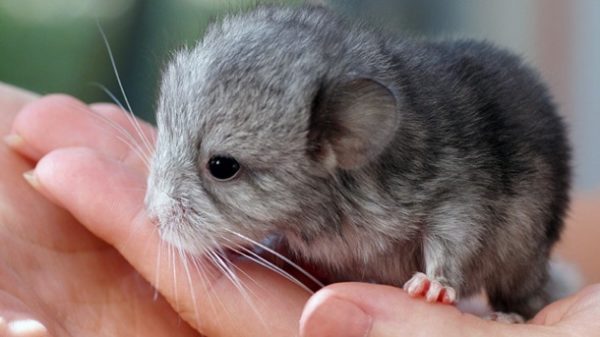
How fast and to what age do chinchillas grow?
Little chinchillas grow fast enough. With an average initial weight of 55 grams, by the end of the second week of life, the weight of healthy puppies averages 100 grams. In the first three days, newborns feed on colostrum, and from 3-5 days on mother’s milk. Unlike other young mammals, small chinchillas begin to eat hay by the 3rd day of life, try adult food by the 5-7th day, and the interest and skill of drinking from a nipple drinker arises in 2-week-old babies.
Up to 3 weeks of age, fluffy animals actively feed on mother’s milk or artificial mixtures. 4 weeks after birth, lactation in the female decreases to a minimum, but when the young are kept together with their parents, the cubs can be fed with a small amount of mother’s milk for up to three months.
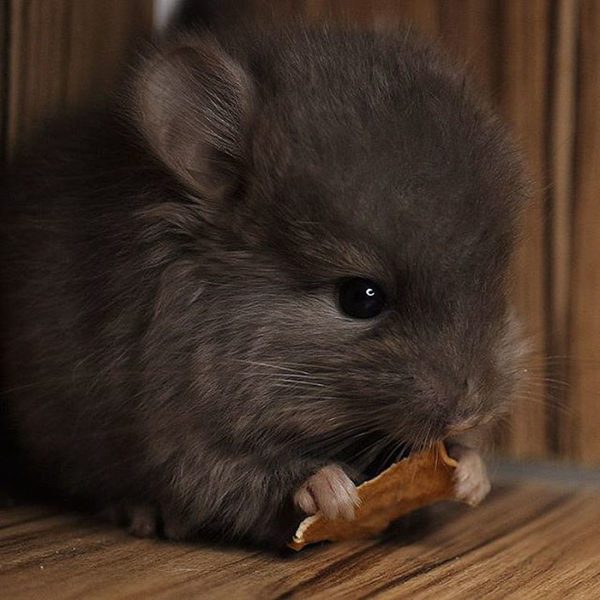
Monthly puppies are three times more than newborn babies, their weight is actively growing and reaches 160-180 grams. Young chinchillas are already eating adult food and by 9 months they reach a weight of 550-650 grams. Depending on the breed, more active muscle development and mass gain are observed with pair keeping. The growth of chinchillas lasts up to 18 months, after a year the animals acquire the graceful forms of adults..
At the age of one year, a wonderful animal sheds its baby soft fur and after a few months it acquires the famous thick velvet fur.
Video: how chinchillas grow from birth to one month
When to wean chinchillas from mother
Young animals can be weaned from their parents at the age of two months. The procedure for weaning puppies is accompanied by severe stress, significant weight loss and growth retardation. Females, when kept without a male, can be left with their mother for a longer period. It is necessary to plant a small female from the father no later than 2,5 months in order to avoid early coverage. A good option is considered to be a pair of females in one cage.
Young males are recommended to be weaned from a lactating female no later than 4 months. You should not keep an adult and a young male older than 5 months in the same cage because of possible fights against the background of puberty of the latter.
Wedged pets are recommended to be fed from the drinker with warm boiled milk for up to 3-4 months. Feed carefully selected grain and succulent foods, gradually accustoming to green herbs and vitamin supplements.
You can give chinchillas at 2-2,5 months of age with a weight of at least 200 grams. It is highly not recommended to take babies from their mother before 2 months, puppies at this age still feed on breast milk. Early weaning has an extremely negative effect on the health of the animal. A late change of ownership is very stressful for emotional rodents.
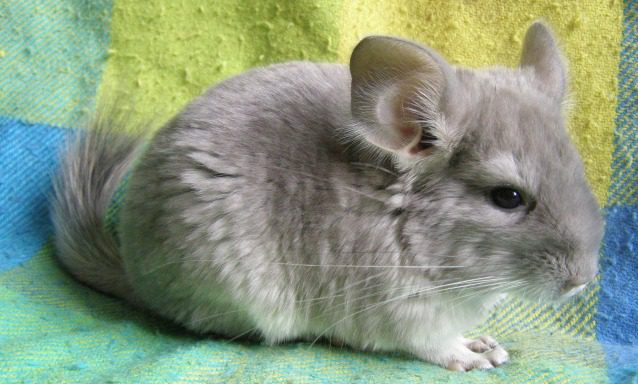
Newborn Chinchilla Care
Nursing chinchilla will take care and look after unintelligent fluffy creatures. The animal owner is advised to create optimal and safe conditions for the successful growth and development of babies:
- nimble kids often get into traumatic situations. The owner must keep the female with the cubs in a cage for hamsters with a distance between the bars of no more than 1 cm or sheathe the chinchilla enclosure with a fine mesh. The cage should not have floors, shelves, hammocks and stairs;
- the nesting house in the first three days should be turned upside down or have a partition so that inquisitive cubs do not have the opportunity to get out of the nest;
- the bowl and feeder are hung as low as possible to accustom the young to self-feeding. If the babies were fed artificially, from 2-3 weeks an additional drinker with milk is installed;
- in the cage and nest daily change of litter, water and food is recommended. Periodically, it is recommended to wipe the bottom of the nesting house with a swab with salicylic alcohol to prevent intestinal diseases.
Video: how to properly install a drinker and feeder in a cage in newborn chinchillas
What to feed newborn chinchillas
With infertile fertility and the production of a sufficient amount of breast milk, babies are fed by a lactating chinchilla. If the cubs squeak strongly, sit hunched over, move little and do not gain weight, it is urgent to introduce complementary foods. The most successful option for artificial feeding of chinchillas is the use of infant formula for newborns: Agusha, NAN, Nutrilon. The use of cow or condensed milk for feeding babies has a detrimental effect on the functioning of the liver and kidneys of young chinchillas.
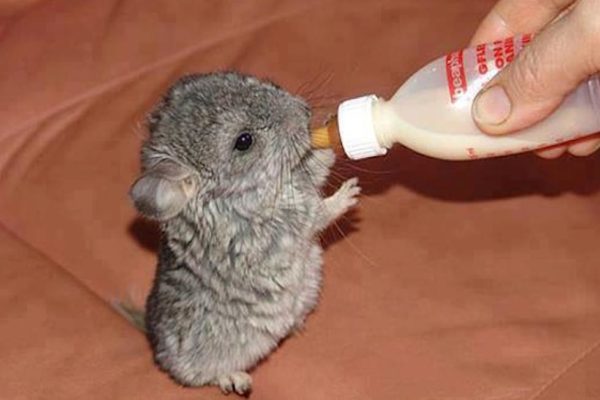
A small animal is wrapped in a warm soft cloth, carefully fixed in one hand, and a warm mixture is drunk from an insulin syringe with the other. Complementary foods begin with 1 ml of liquid, gradually increasing the volume. Newborns are fed every 2 hours during the day and at night. Simultaneously with the introduction of complementary foods, it is recommended to massage the mammary glands of the female, to milk drops of milk. Such procedures can establish lactation and protect the female from the development of mastitis.
In a cage with babies, there should always be stalked fresh hay, which little chinchillas eat from 2-3 days. Five-day-old cubs are given a feeder with high-quality grain feed for chinchillas up to 12 months. Green herbs and succulent foods are introduced gradually to eliminate intestinal disorders of small pets.
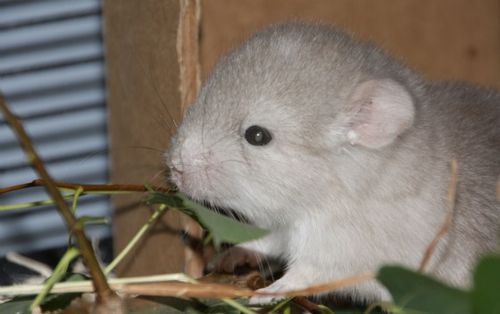
Properly caring for newborn chinchillas at home is quite troublesome. Sometimes babies urgently need a foster mother, a veterinarian, a separate warm cage or 12 meals a day, but such pleasant worries bring a lot of positive emotions to pet owners from communicating with cute trusting fluffy lumps.
How to care for and what to feed newborn chinchilla cubs
4.8 (96.58%) 111 ఓట్లు




